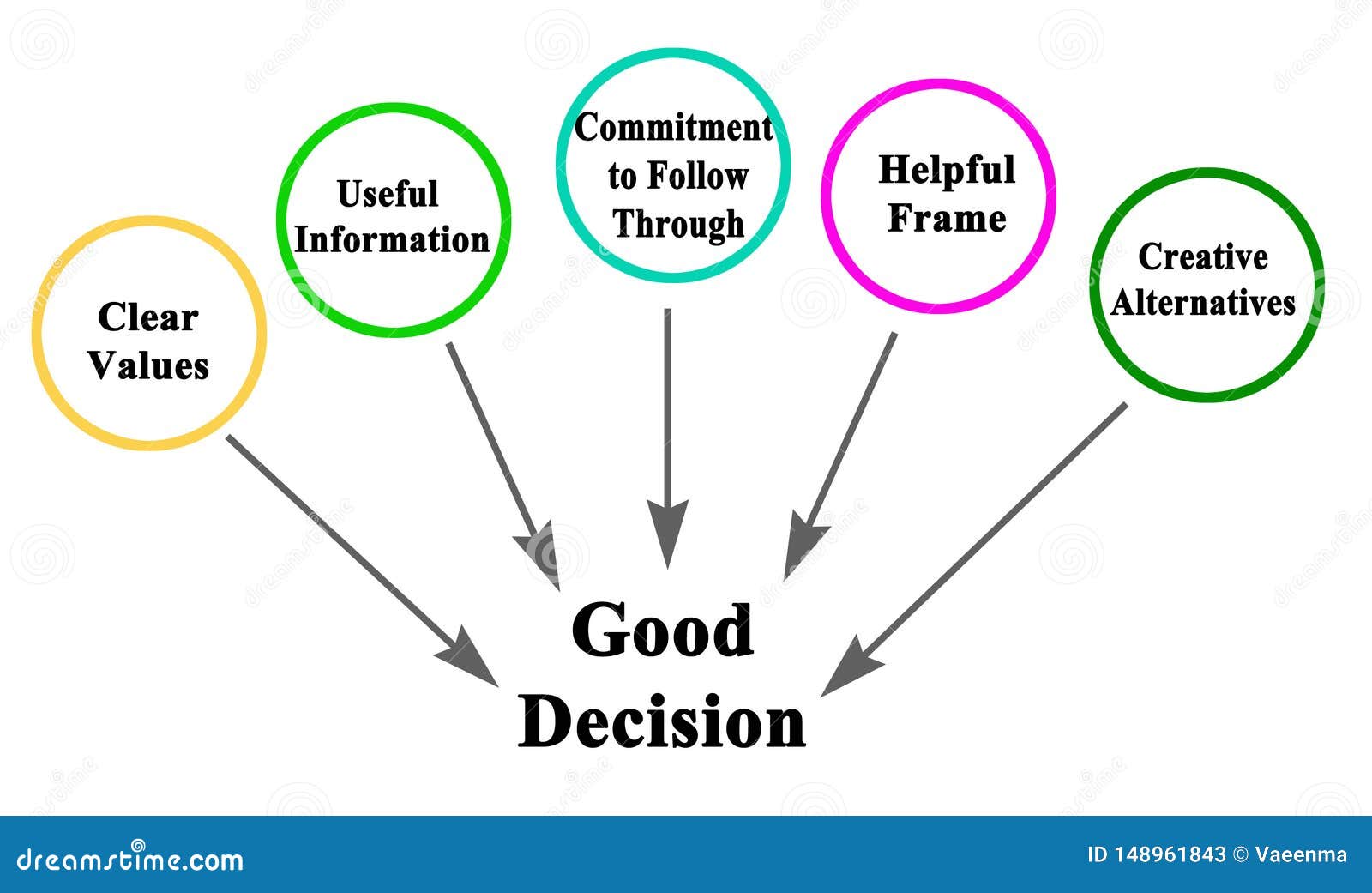Answer 1 of 11: I am seeking the input from TA members. I have quotes from two drivers. Prices are very similar.The services relate to airport pickup and delivery to hotel in Ubud and then Ubud to Seminyak and finally Seminyak to airport.Their costs for 1 and half. Legislators, police officers and court officials are becoming aware that there are now court decisions that prove the fallacy of the legal opinion that' driving is a privilege and therefore requires government approval, i.e. Some of these cases are.
-->Use this decision tree with Step 3 of Roadmap for Developing WDM Audio Drivers. The tree helps you determine the type of audio driver to learn about. The system-supplied port class driver (PortCls) provides a set of port drivers that implement most of the basic functionality. These port drivers simplify the development process for the driver developer. High definition (HD) audio and AC97 drivers are typically based on the PortCls class driver, whereas USB and 1394 drivers are usually based on the AVStream class.
Uber Lyft Employees Contractors California
If your audio device is based on the universal audio architecture (UAA) standard, it is UAA-compatible. A UAA-compatible audio device can use the system-supplied UAA class drivers and does not need a custom driver, but you can provide your own Windows Audio Processing Objects.
If your audio device is not UAA-compatible or it is UAA-compatible but you want to implement customized features, you must decide whether you want to develop a driver with Bus Master DMA support. If you want to provide Bus Master DMA support, for example, you must develop a PortCls-based audio driver.
For information about how to develop custom audio drivers and how to choose a port driver, see the following topics:

Custom Audio Drivers
Provides an overview of PortCls and AVStream audio drivers and discusses the pros and cons of each type.
AVStream Overview
Provides an architectural overview of AVStream-based drivers and highlights the cases where this type of driver is the best choice.
You must also decide about the data format that your audio driver will use and the range of formats it will support. For more information about data formats and ranges, see Audio Data Formats and Data Ranges.
Driver Decision
To complete steps for audio driver development, see Roadmap for Developing WDM Audio Drivers.
Scott Maxwell has another excellent post on his blog. This time it is on a company’s need to measure and monitor their business. In an early stage business, I typically see two types of companies. There are those companies that do not measure and monitor much and instead drive their business by a 'seat of the pants' decision making process. Other companies manage and monitor everything. The key is not to get stuck in the weeds and get paralyzed by analyzing too much data. For all of my portfolio companies, I like to know what the 4-5 key drivers of the business are. I like to know what leading indicators are most likely to show an increase or decrease in sales 1-2 quarters ahead and what the company is doing to improve those measures.
Decision Drivers Examples
For example, when I was reviewing a financial model with a portfolio company which generated revenue through advertising it was clear that while traffic was a huge ingredient in revenue generation, RPM was an even stronger metric as each change in RPM significantly drove sales. Over the next month, we experimented with a number of changes (of course we measured and monitored each change against the benchmark) to determine how to finetune RPM. Why spend more dollars on getting more traffic to our site when we were not effectively monetizing in the first place? Finetuning our RPM is an ongoing process but now for each dollar we spend on generating traffic, I am confident that it will return much more than a dollar in revenue to the company. Metrics matter and understanding what inputs have significant leverage on your operating model is the key.
Yes, I know it is hard for early stage companies to accurately predict their revenue. But from my perspective, the financial model is not as important for accurate revenue prediction as it is for understanding how the economics of your business works. Does each new customer make money or lose money for you? In any financial model there are usually a handful of inputs that drive the overall sales and cost equation. Make sure you know what they are, how sensitive your revenue and costs are to that input (in the earlier example, traffic was a key input but RPM had a more direct impact on sales), and measure, monitor, and finetune your company based on these important pieces of data.

I was at a board meeting the other day and while we were pleased with the results for the quarter, we were struggling to understand why we were not getting more customers if we were winning a majority of our proof of concepts (POCs). As we dug through the data we discovered that while we did convert a majority of our POCs, 50% of POCs ended up in no decision. In other words, we wasted half of our sales engineering resources on sales that would never happen. The key was to go after the low hanging fruit first – only do POCs that can convert into a sale. So what have we done to correct this? We now require a more detailed checklist before a sales rep can request a POC for a customer. Even if we are able to reduce the no decision rate from 50% to 35% this means more sales. Clearly this does not mean we need to hire more sales engineering bodies as we can better utilize who we already have.
It doesn’t matter if you are an enterprise, web 2.0, or old economy company because everyone must understand the key drivers of their business, measure them, and finetune their operations to run as efficiently as possible!